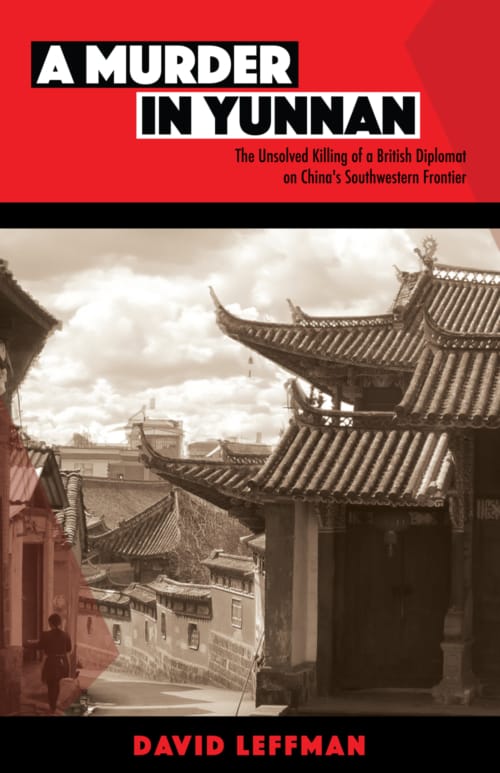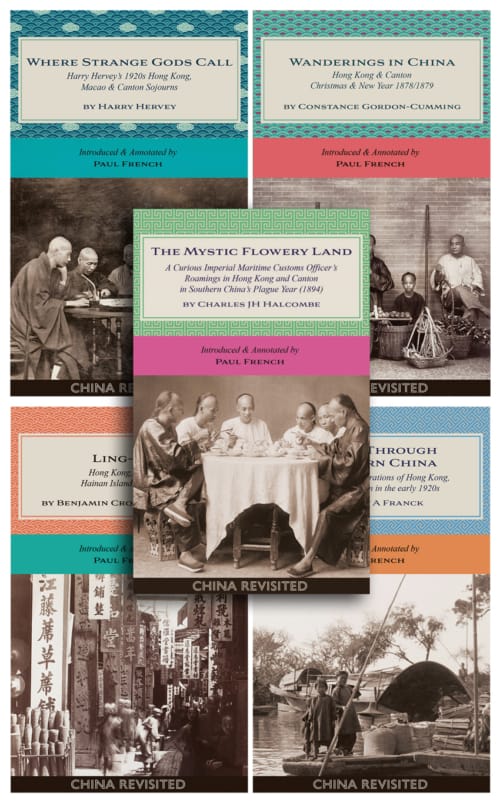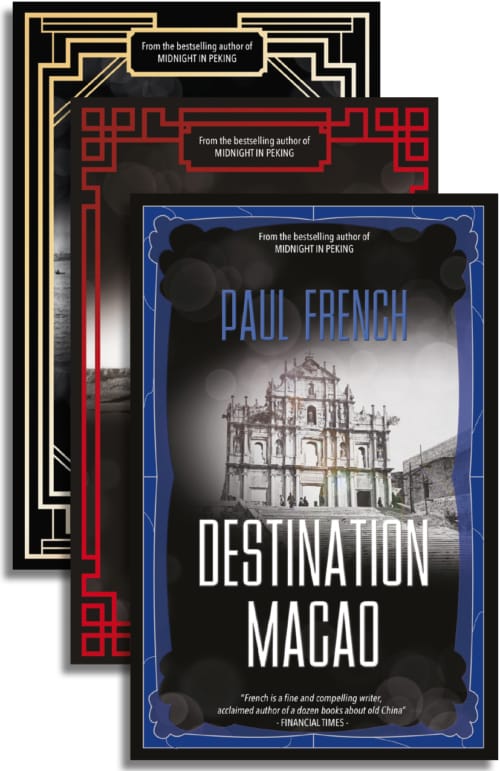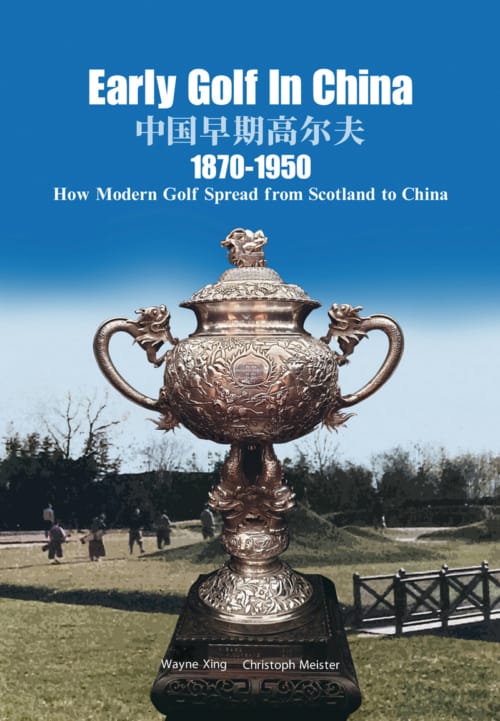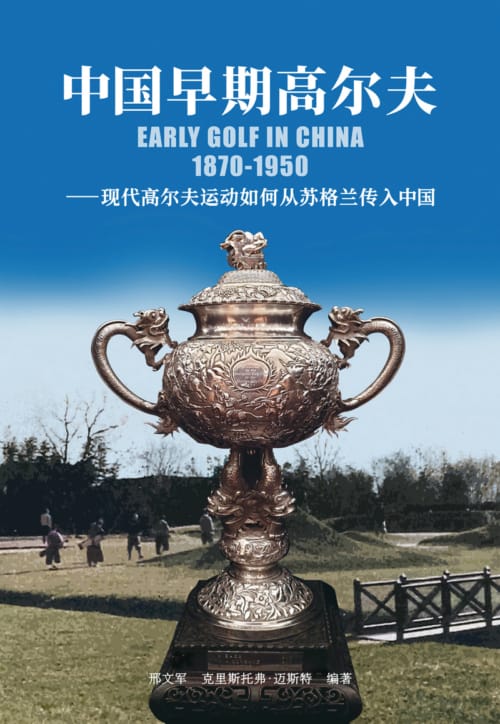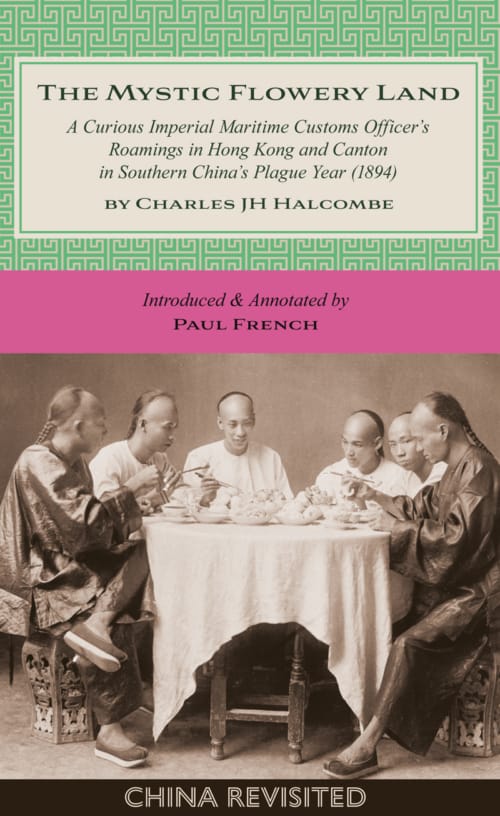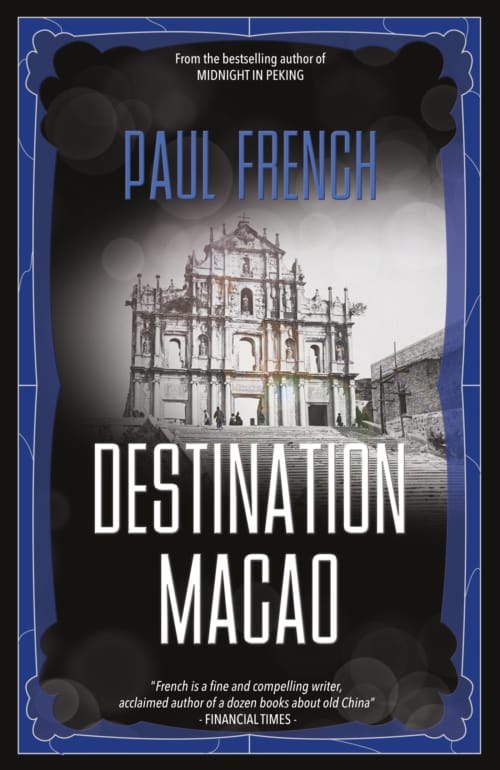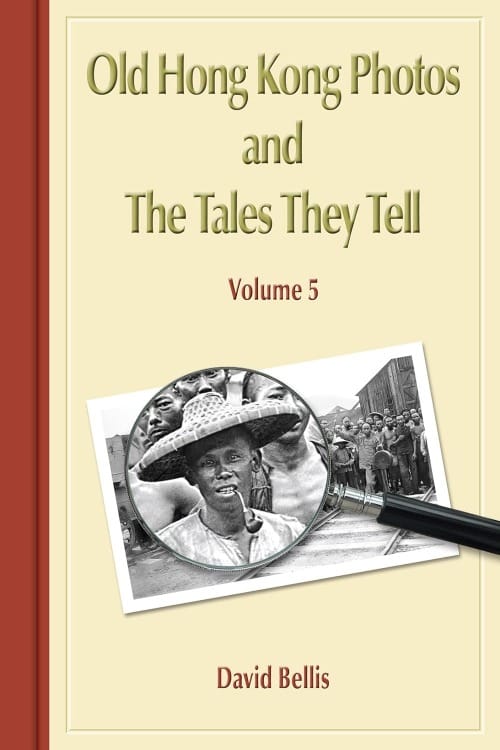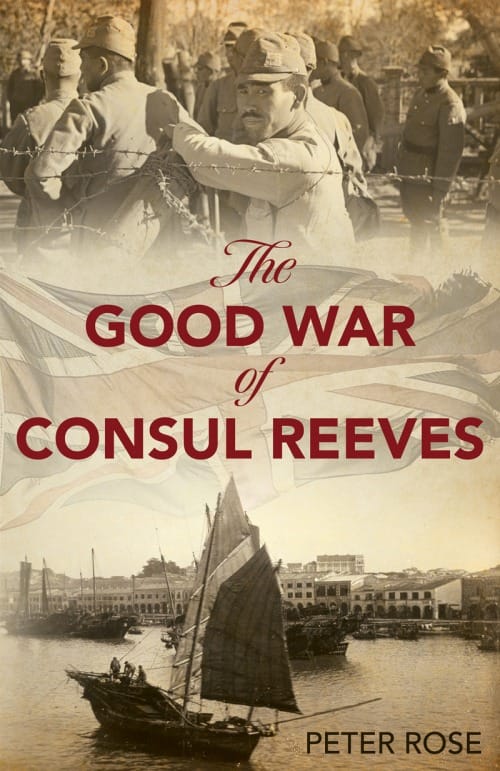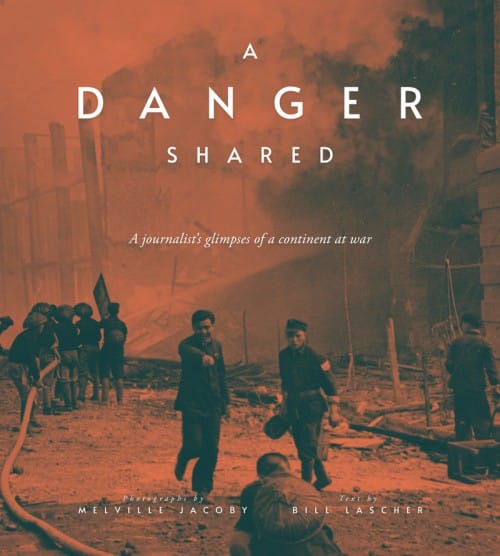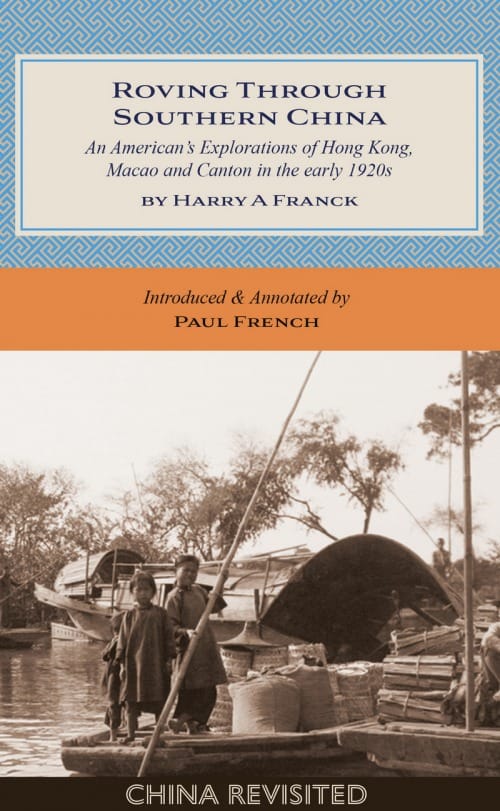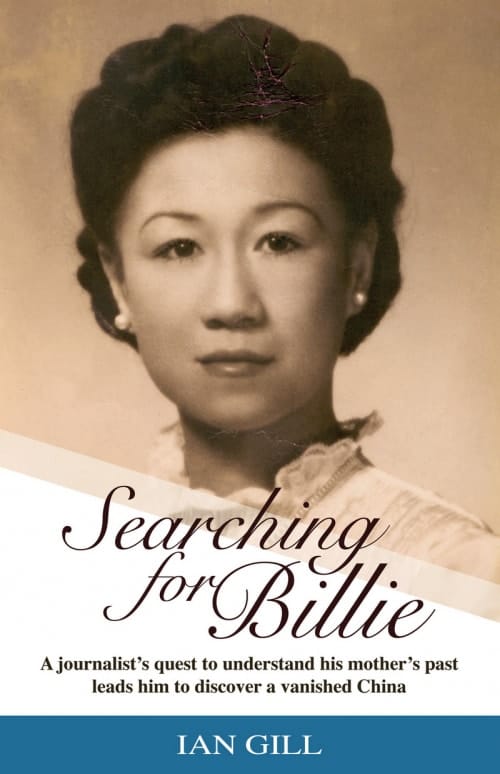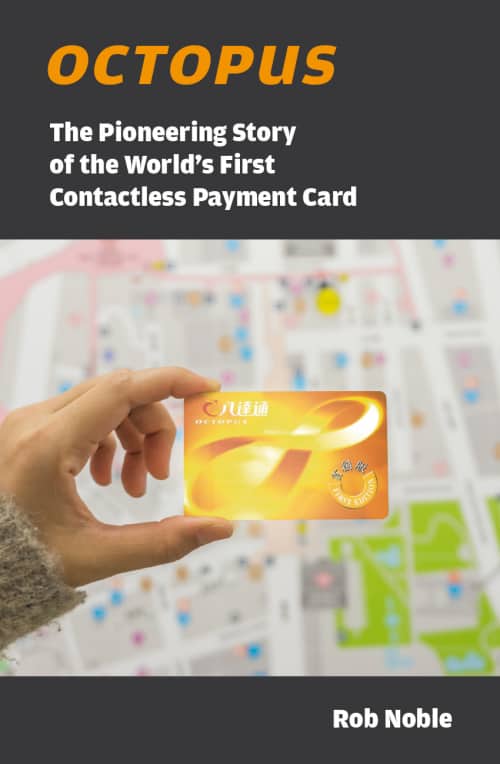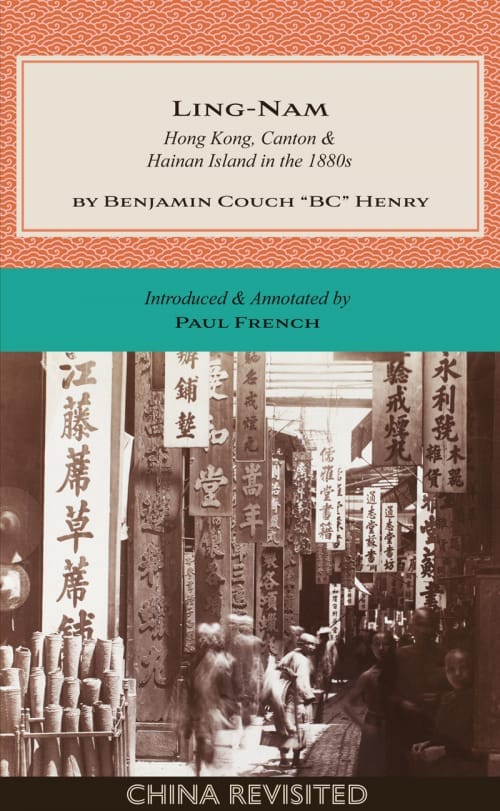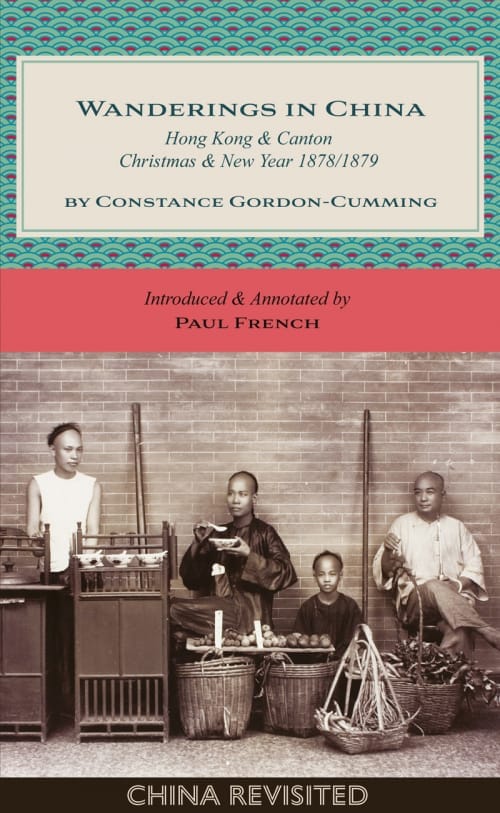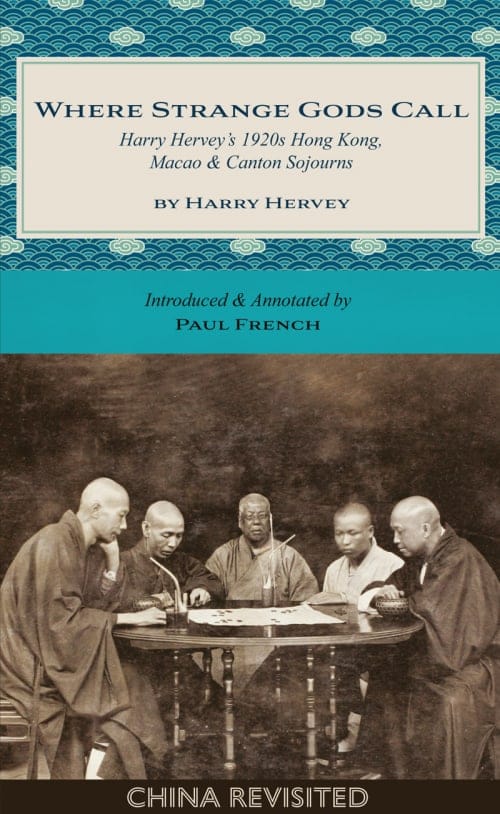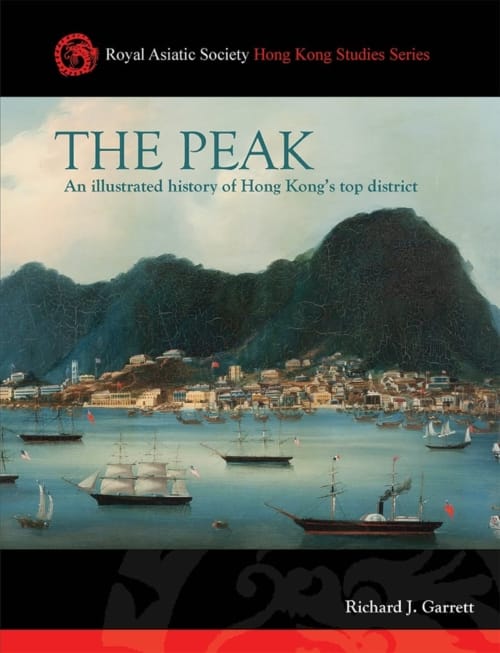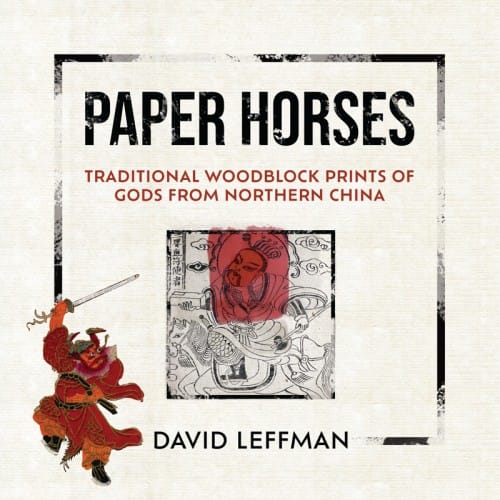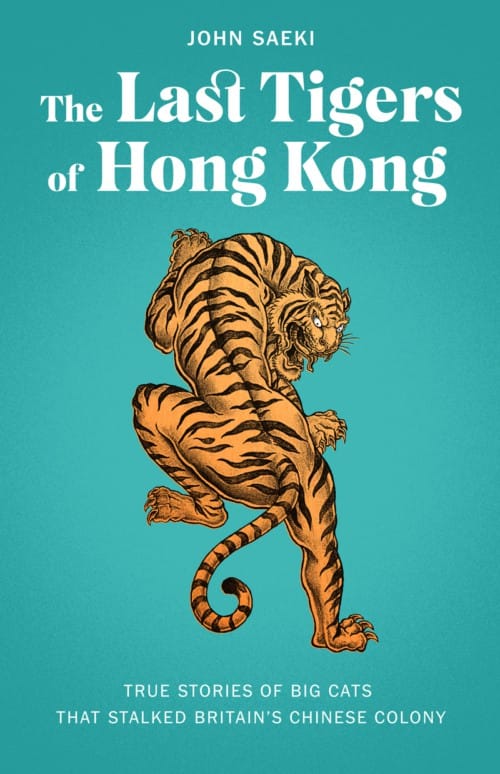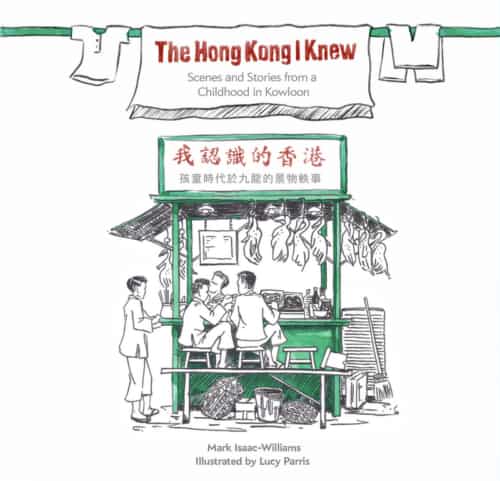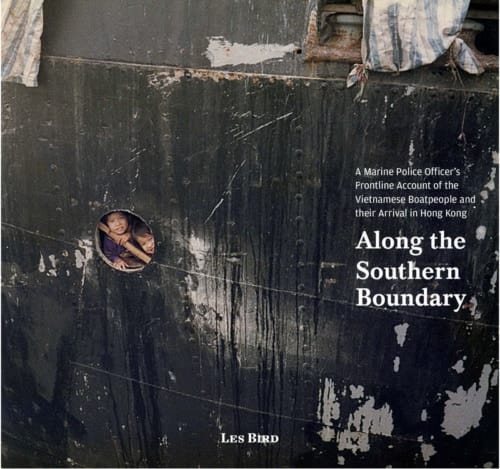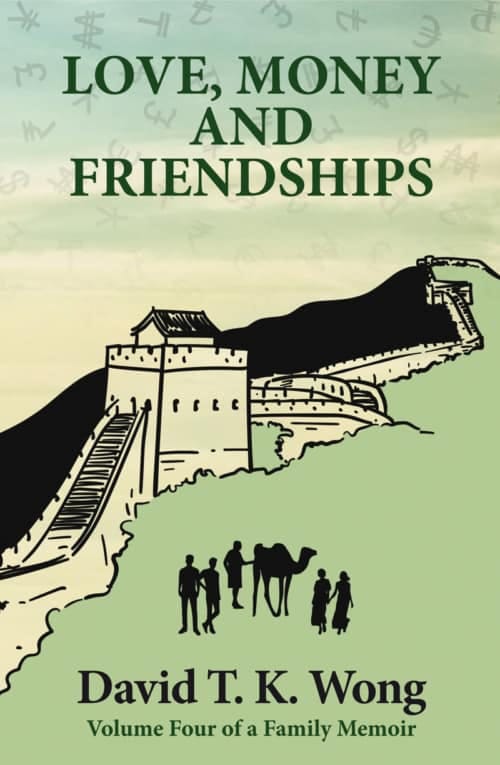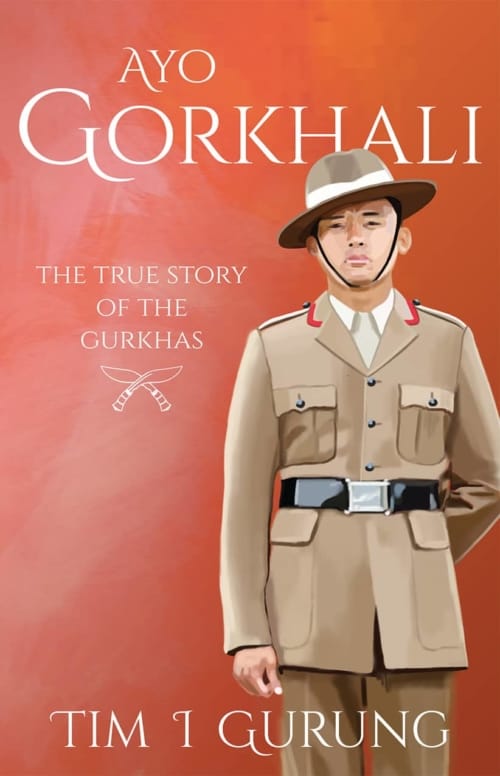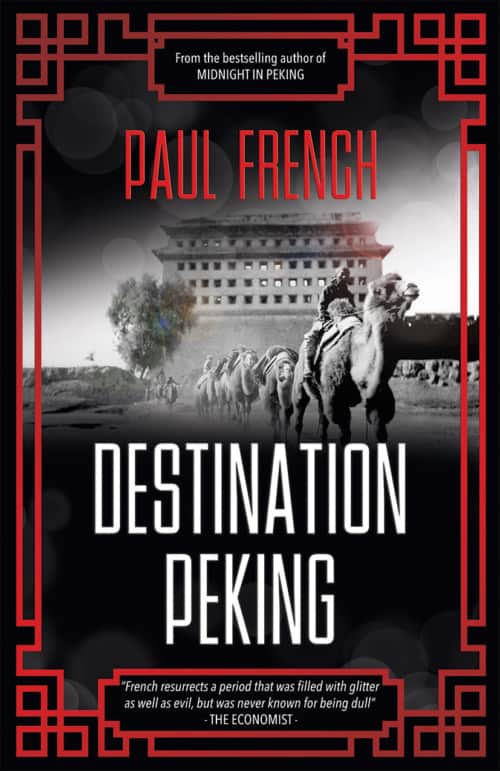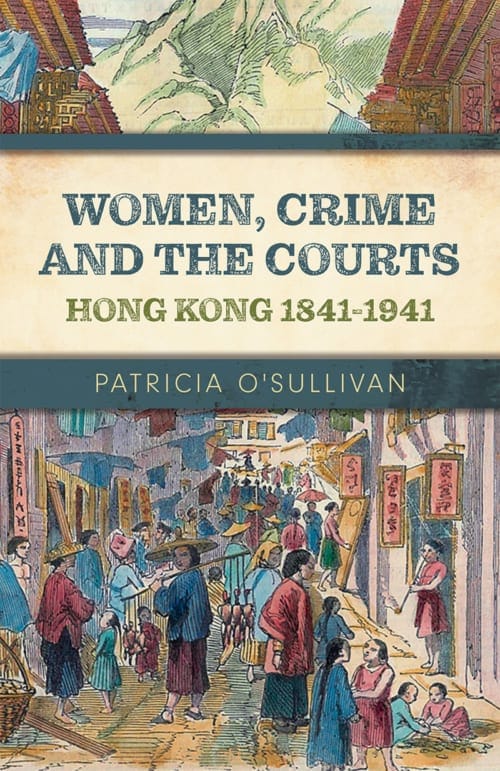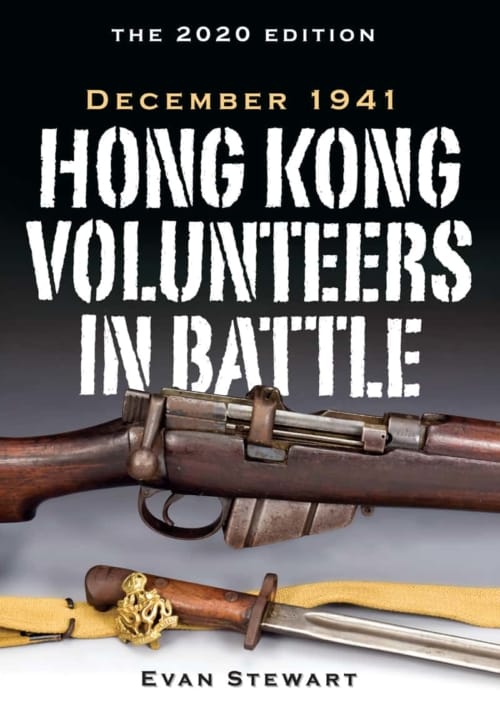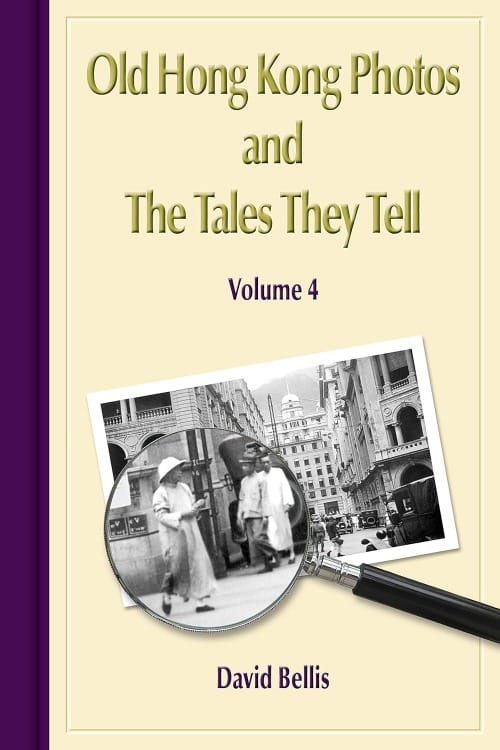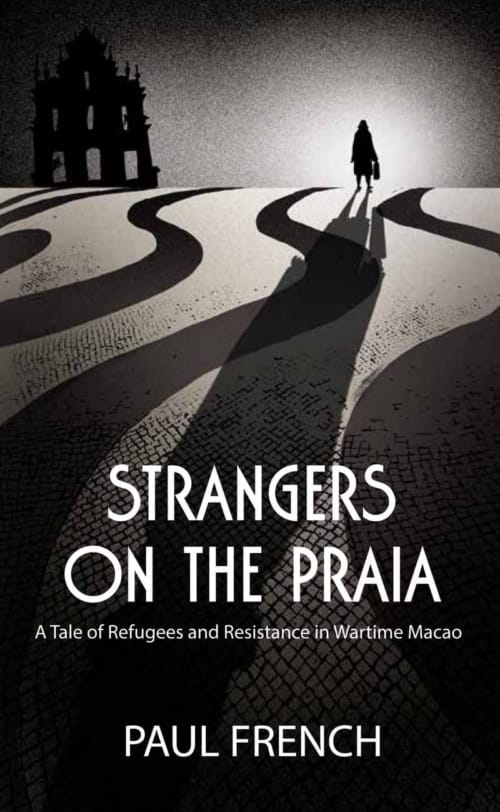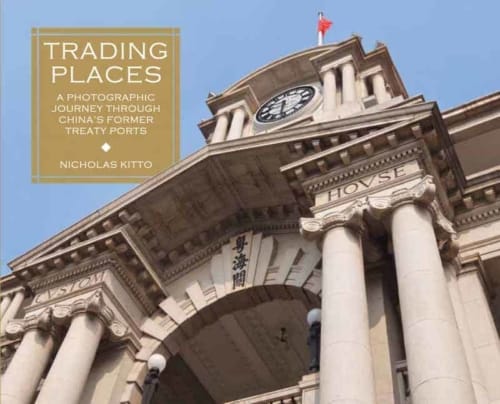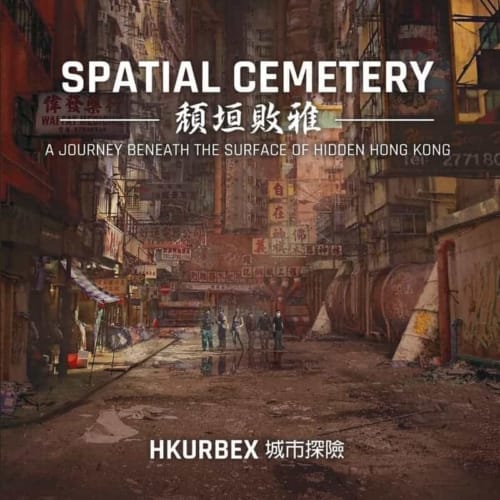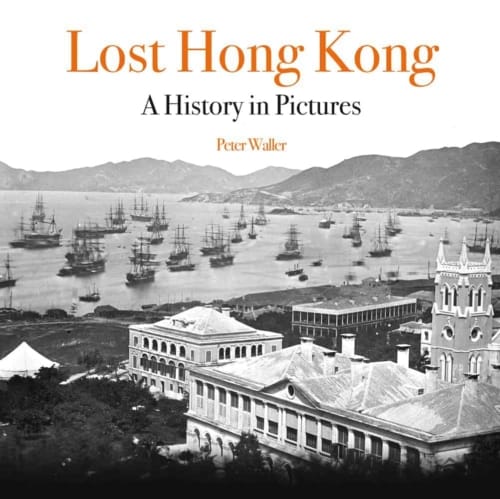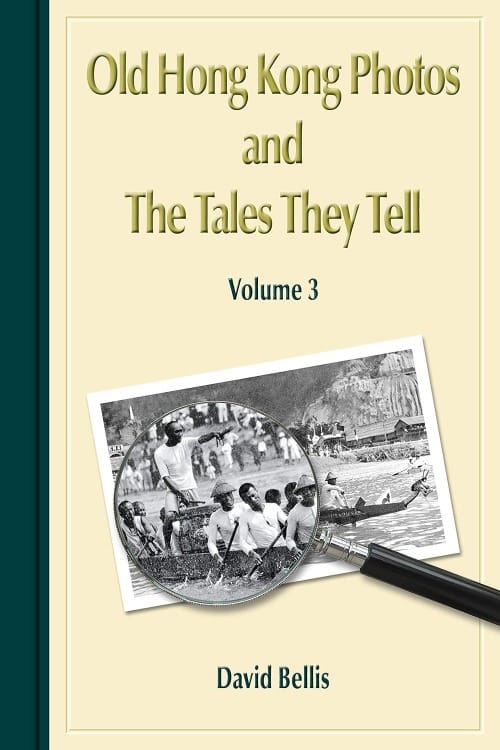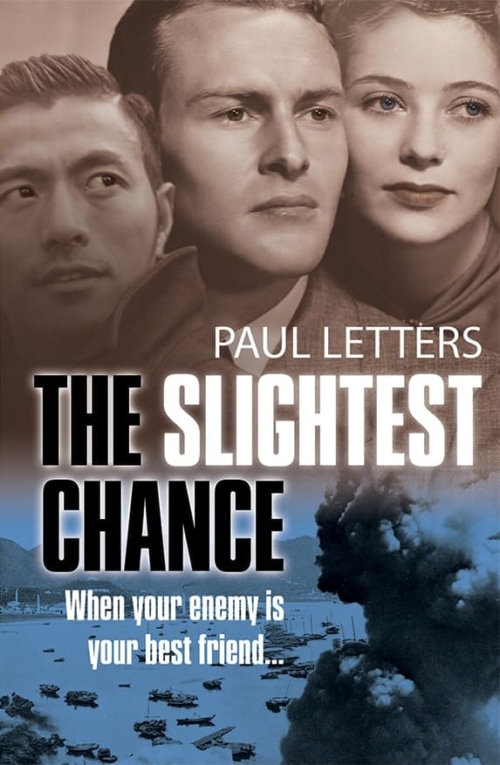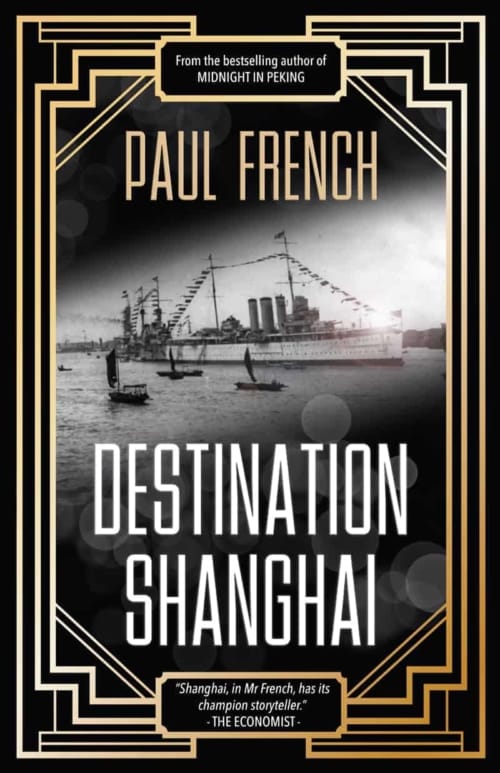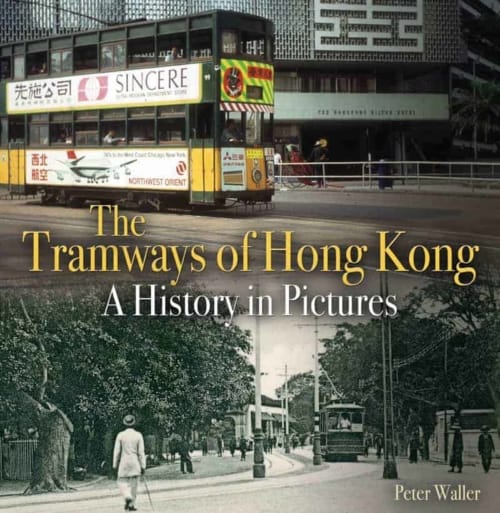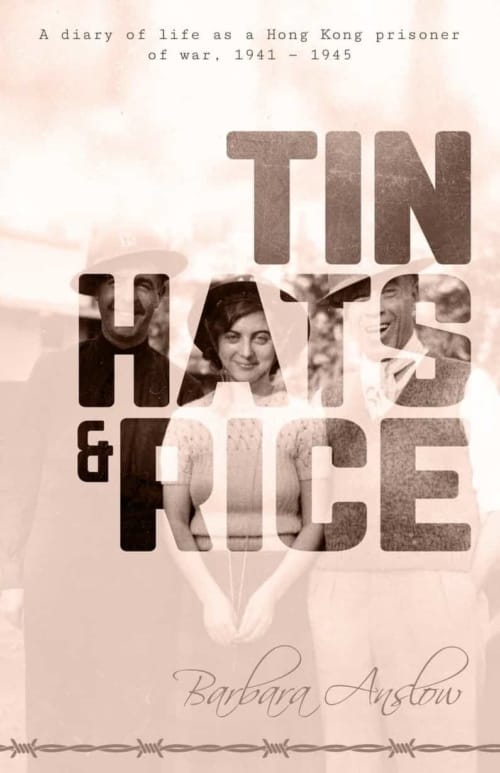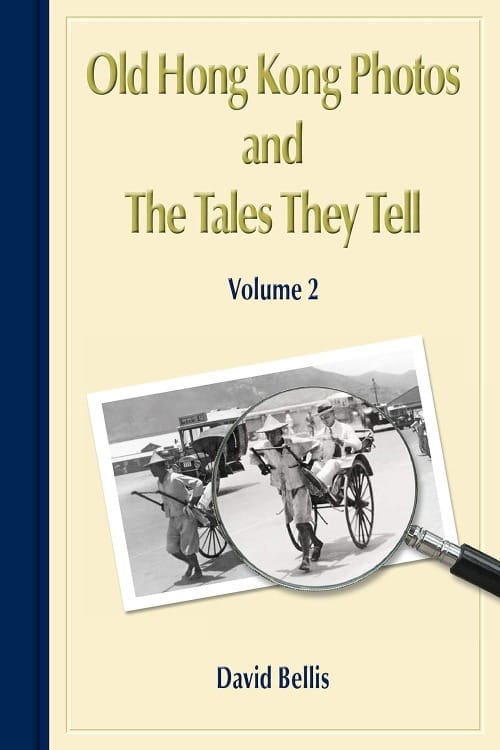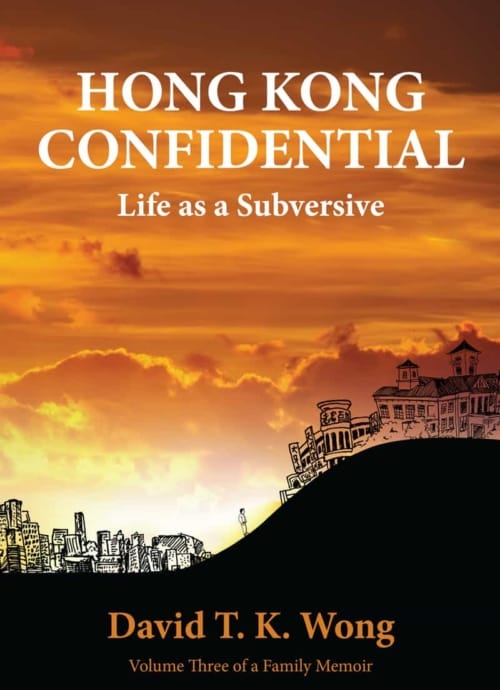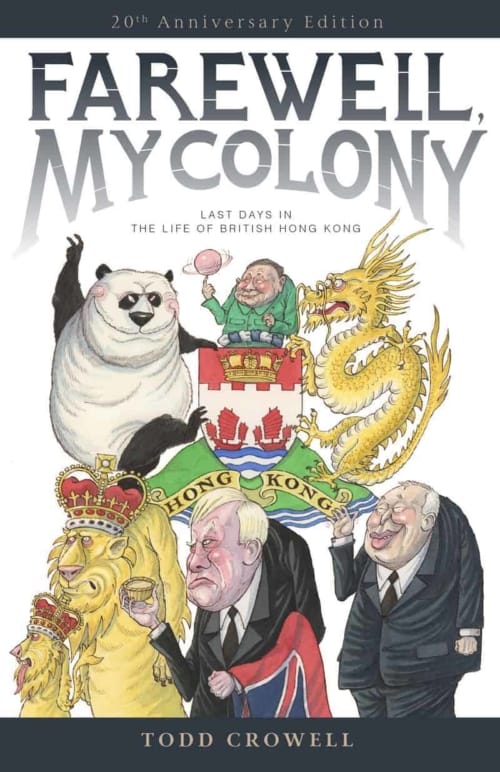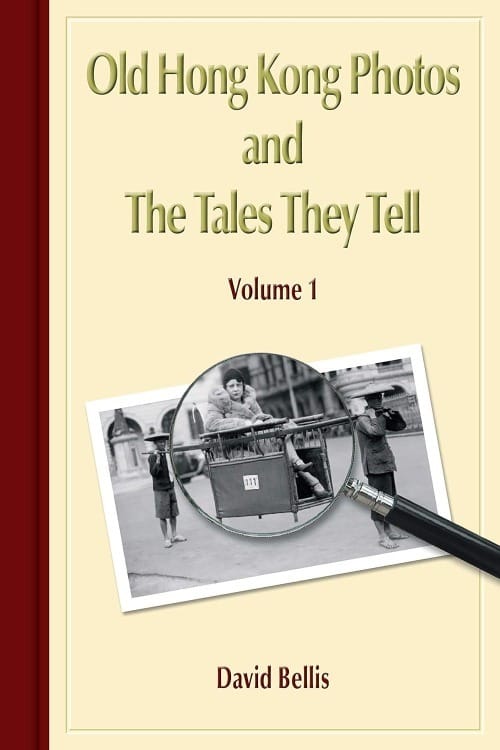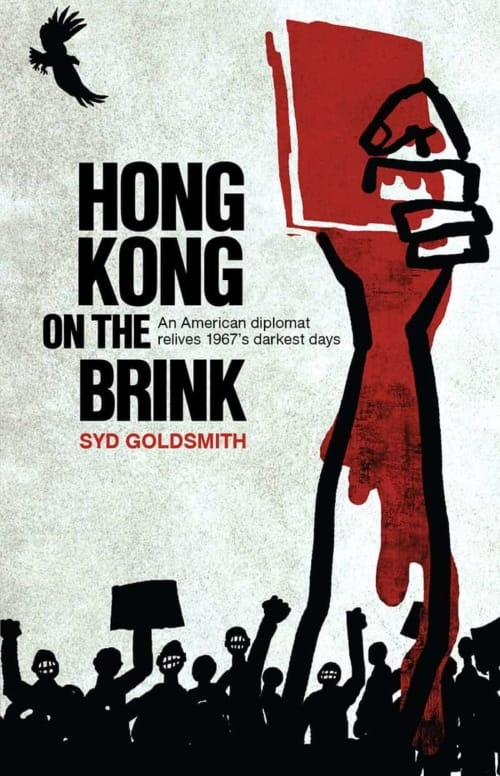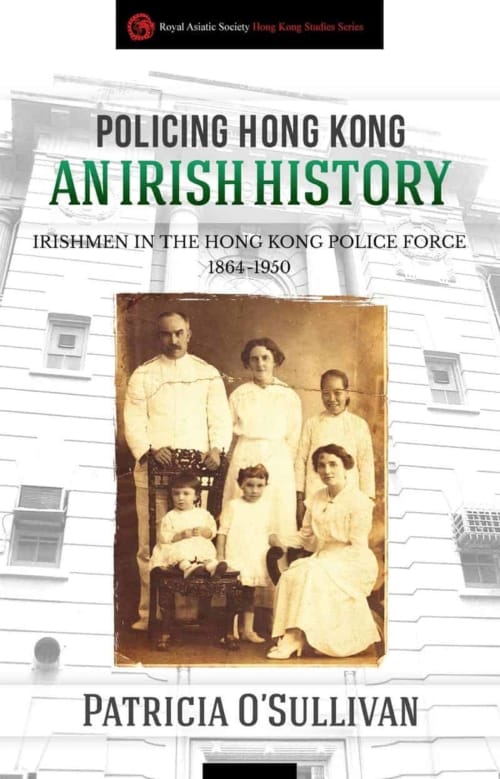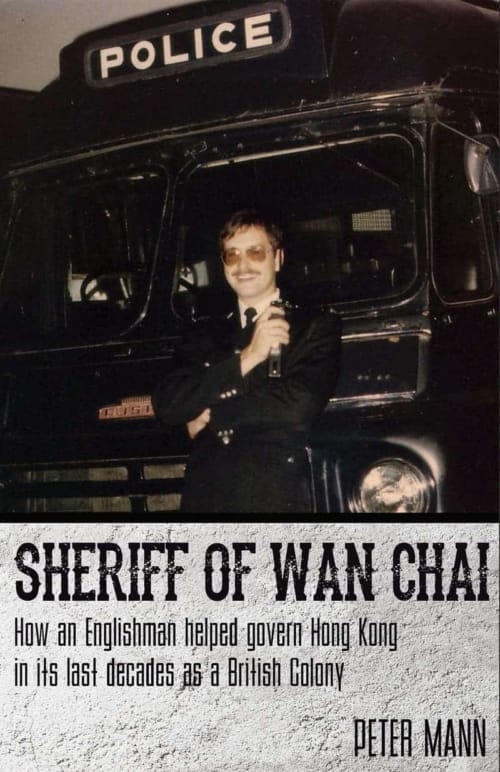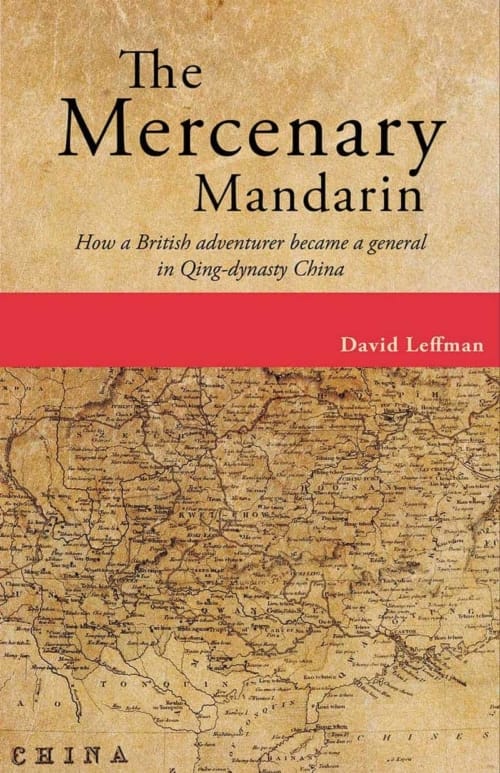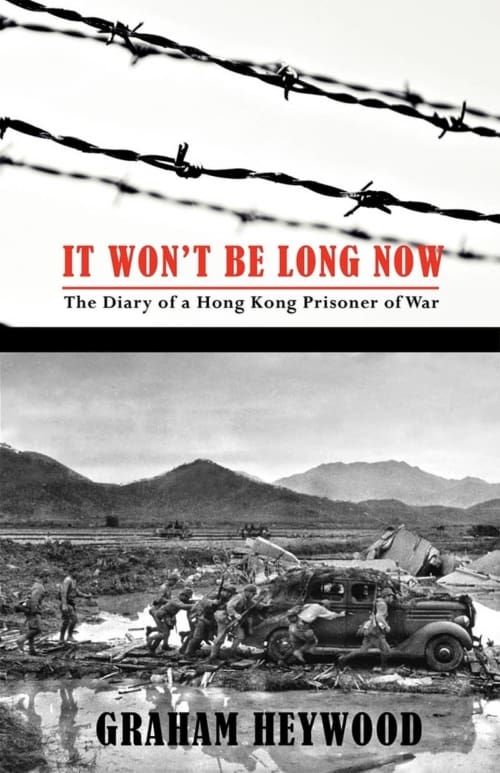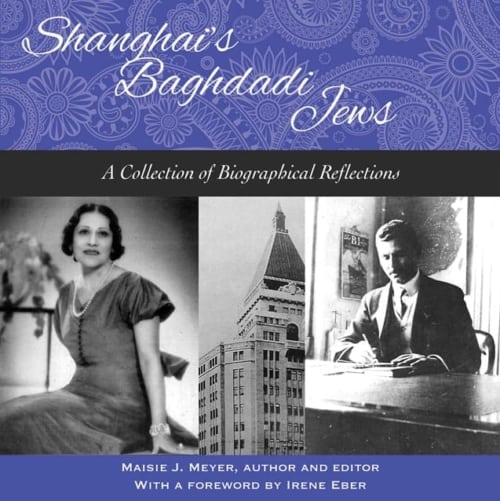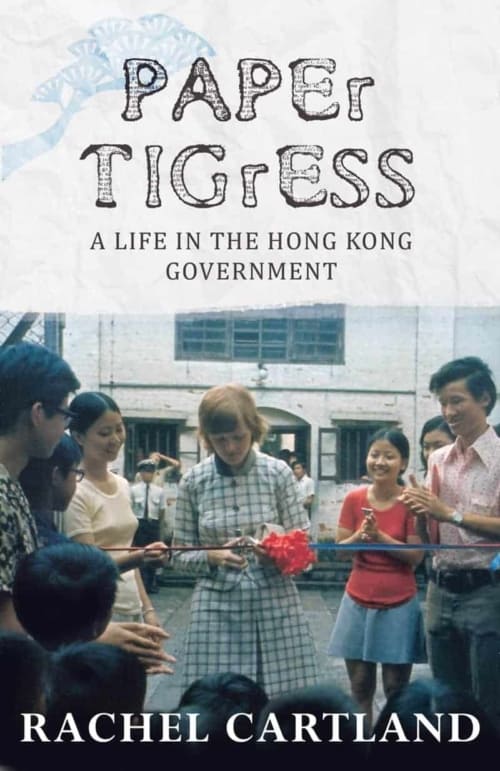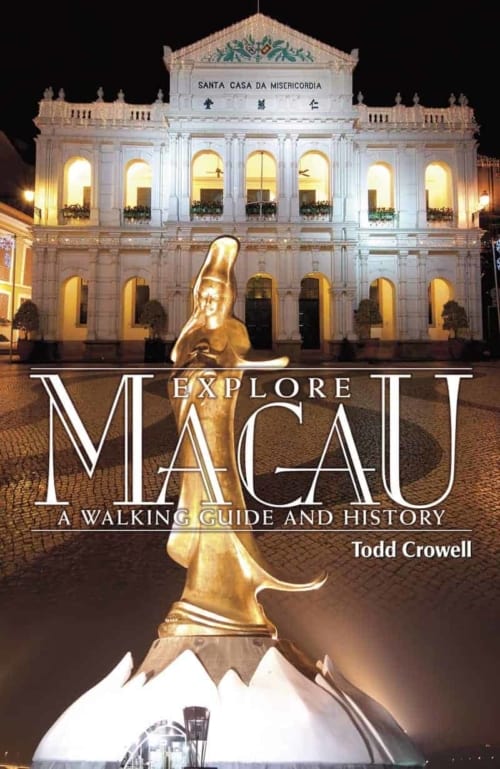The modern game of golf, which originated in Scotland, gradually spread across the globe from the mid-19th century, first to Asia and then to Europe, North America, Oceania and Africa. It has become a popular outdoor sport, a national and international competitive game, and an Olympic event.
The spread of the modern game of golf was a by-product of the British Empire. Golf courses were constructed and clubs established as early as 1829 in India, long before they appeared in mainland Europe. As the British colonial empire expanded into China, Scots arrived in the country as naval officers, consular and customs officials, engineers, doctors, architects, merchants, bankers and accountants, and settled in China’s opening trading ports. Scottish missionaries reached into the Chinese interior to seek new converts for the Lord.
As they became residents in China’s trading ports, they brought along their national game. Almost without exception, early Chinese golf courses and clubs appeared first at the trading ports. Those behind the courses and clubs were overwhelmingly Scots, with some coming directly from the birthplaces of modern golf such as St. Andrews and Carnoustie.
According to our research, the earliest golf course in China appeared in Hankou (Hankow) in 1870 and the earliest golf club was the Hankow Golf Club, incorporated in 1878. This indicates that China was the third country, after only India and France, where the game of golf spread outside the UK. Later, courses and clubs appeared in other Chinese ports: Hong Kong in 1889, Yantai (Chefoo) in 1890, Shanghai in 1894 and Tianjin (Tientsin) in 1895, followed by many others.
The pioneer of the Hankow Golf Club was a Scotsman, James Ferrier. His father had been the founder and captain of the Carnoustie Golf Links. James played from an early age and had honed his golfing skills to the level of a zero handicapper when he arrived in China in the late 1860s. As a marine engineer employed by the China Merchants Steamship Company, Ferrier travelled with his ship up and down the Yangtze River between Wuhan and Shanghai. In 1870, together with a few Scottish friends, he built China’s first rudimentary golf course with only a couple of holes in Hankou and started playing the Royal & Ancient game. Ferrier also built Shanghai’s first golf links of a few holes inside the Shanghai Race Course in 1871.
With the aid of plentiful illustrations, this book tells the story of the first 80 years of golf in China.
